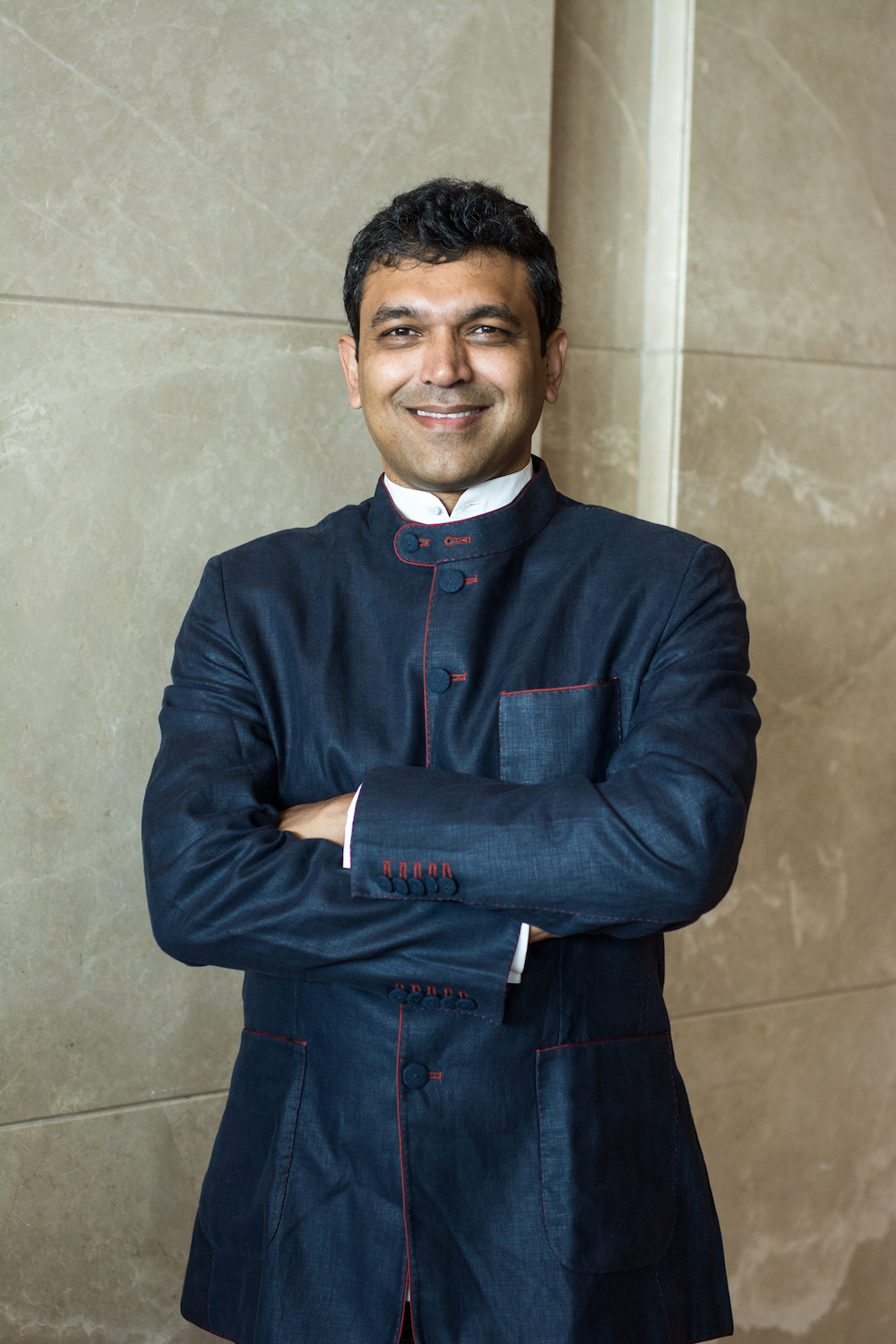Snowflake went public this week, and in a mark of the wider ecosystem that is evolving around data warehousing, a startup that has built a completely new concept for modelling warehoused data is announcing funding. Narrator — which uses an 11-column ordering model rather than standard star schema to organise data for modelling and analysis — has picked up a Series A round of $6.2 million, money that it plans to use to help it launch and build up users for a self-serve version of its product.
The funding is being led by Initialized Capital along with continued investment from Flybridge Capital Partners and Y Combinator — where the startup was in a 2019 cohort — as well as new investors including Paul Buchheit.
Narrative has been around for three years, but its first phase was based around providing modelling and analytics directly to companies as a consultancy, helping companies bring together disparate, structured data sources from marketing, CRM, support desks and internal databases to work as a unified whole. As consultants, using an earlier build of the tool that it’s now launching, the company’s CEO Ahmed Elsamadisi said he and others each juggled queries “for eight big companies singlehandedly,” while deep-dive analyses were done by another single person.
Having validated that it works, the new self-serve version aims to give data scientists and analysts a simplified way of ordering data so that queries, described as actionable analyses in a story-like format — or “Narratives“, as the company calls them — can be made across that data quickly — hours rather than weeks — and consistently. (You can see a demo of how it works below provided by the company’s head of data, Brittany Davis.)
(And the new data-as-a-service is also priced in SaaS tiers, with a free tier for the first 5 million rows of data, and a sliding scale of pricing after that based on data rows, user numbers, and Narratives in use.)
Elsamadisi, who co-founded the startup with Matt Star, Cedric Dussud, and Michael Nason, said that data analysts have long lived with the problems with star schema modelling (and by extension the related format of snowflake schema), which can be summed up as “layers of dependencies, lack of source of truth, numbers not matching, and endless maintenance” he said.
“At its core, when you have lots of tables built from lots of complex SQL, you end up with a growing house of cards requiring the need to constantly hire more people to help make sure it doesn’t collapse.”
(We)Work Experience
It was while he was working as lead data scientist at WeWork — yes, he told me, maybe it wasn’t actually a tech company but it had “tech at its core” — that he had a breakthrough moment of realising how to restructure data to get around these issues.
Before that, things were tough on the data front. WeWork had 700 tables that his team was managing using a star schema approach, covering 85 systems and 13,000 objects. Data would include information on acquiring buildings, to the flows of customers through those buildings, how things would change and customers might churn, with marketing and activity on social networks, and so on, growing in line with the company’s own rapidly scaling empire. All of that meant a mess at the data end.
“Data analysts wouldn’t be able to do their jobs,” he said. “It turns out we could barely even answer basic questions about sales numbers. Nothing matched up, and everything took too long.”
The team had 45 people on it, but even so it ended up having to implement a hierarchy for answering questions, as there were so many and not enough time to dig through and answer them all. “And we had every data tool there was,” he added. “My team hated everything they did.”
The single-table column model that Narrator uses, he said, “had been theorised” in the past but hadn’t been figured out.
The spark, he said, was to think of data structured in the same way the we ask questions, where — as he described it — each piece of data can be bridged together and then also used to answer multiple questions.
“The main difference is we’re using a time-series table to replace all your data modelling,” Elsamadisi explained. “This is not a new idea, but it was always considered impossible. In short, we tackle the same problem as most data companies to make it easier to get the data you want but we are the only company that solves it by innovating on the lowest-level data modelling approach. Honestly, that is why our solution works so well. We rebuilt the foundation of data instead of trying to make a faulty foundation better.”
Narrator calls the composite table, which includes all of your data reformatted to fit in its 11-column structure, the Activity Stream.
Elsamadisi said using Narrator for the first time takes about 30 minutes, and about a month to learn to use it thoroughly. “But you’re not going back to SQL after that, it’s so much faster,” he added.
Narrator’s initial market has been providing services to other tech companies, and specifically startups, but the plan is to open it up to a much wider set of verticals. And in a move that might help with that, longer term, it also plans to open source some of its core components so that third parties can data products on top of the framework more quickly.
As for competitors, he says that it’s essentially the tools that he and other data scientists have always used, although “we’re going against a ‘best practice’ approach (star schema), not a company.” Airflow, DBT, Looker’s LookML, Chartio’s Visual SQL, Tableau Prep are all ways to create and enable the use of a traditional star schema, he added. “We’re similar to these companies — trying to make it as easy and efficient as possible to generate the tables you need for BI, reporting, and analysis — but those companies are limited by the traditional star schema approach.”
So far the proof has been in the data. Narrator says that companies average around 20 transformations (the unit used to answer questions) compared to hundreds in a star schema, and that those transformations average 22 lines compared to 1000+ lines in traditional modelling. For those that learn how to use it, the average time for generating a report or running some analysis is four minutes, compared to weeks in traditional data modelling.
“Narrator has the potential to set a new standard in data,” said Jen Wolf, Initialized Capital COO and partner and new Narrator board member, in a statement. “We were amazed to see the quality and speed with which Narrator delivered analyses using their product. We’re confident once the world experiences Narrator this will be how data analysis is taught moving forward.”




 That was in 2016. So how does a hot startup keep its edge?
That was in 2016. So how does a hot startup keep its edge?



